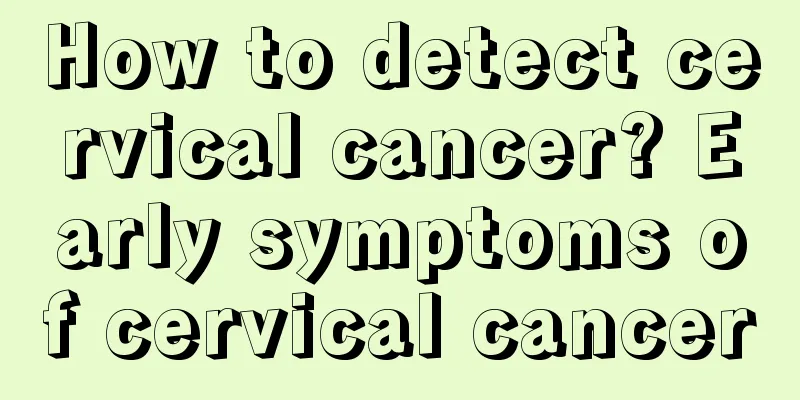What to do when a lung nodule is found and suspected to be lung cancer

|
Some patients are found to have small nodules in their lungs during CT scans. If they want to rule out the possibility of lung cancer, they should undergo a multidisciplinary evaluation and receive smoking cessation counseling. Lung cancer risk assessment Medical history: At this point, the doctor needs to analyze the patient's age, smoking history, cancer history, family history, occupation, other lung diseases (such as chronic obstructive pulmonary disease and pulmonary fibrosis), exposure to infectious pathogens (such as fungal infections, areas where tuberculosis is endemic), or risk factors or medical history that suggest a previous infection (such as immunosuppression, aspiration, symptoms of respiratory tract infection). Imaging factors: After a detailed understanding of the patient's medical history, imaging examinations should also be performed to determine the size, shape, and density of lung nodules, associated lung parenchymal changes (e.g., scarring or suspected inflammatory changes), and PET imaging showing enhanced metabolism (increased affinity for fluorodeoxyglucose (FDG)). After the above evaluation, the doctor will make corresponding treatment according to the size and characteristics of the nodule: 1) For lung nodules smaller than 8 mm, regular radiological examinations (such as CT) and follow-up are required; 2) For solid non-calcified nodules larger than 8 mm, consider PET-CT scanning; if lung cancer is suspected, a biopsy or surgical resection is required. If cancer is ruled out, regular health check-ups and lung cancer screenings can be performed. If cancer is confirmed, it will be treated as lung cancer. 3) For non-solid or partially solid nodules larger than 10 mm, it is recommended to have an LDCT examination every 3 to 6 months. If the condition is stable, an LDCT examination should be performed every 6 to 12 months, or a biopsy or surgical resection should be performed. If the nodule continues to grow, surgical resection is required. If the nodule is pathologically confirmed to be lung cancer, the treatment and follow-up should be carried out according to the treatment principles of lung cancer. |
<<: Which foods are more conducive to the recovery of kidney cancer
>>: If chronic stomach pain changes, be alert to stomach cancer
Recommend
The best time to exercise in the morning
It is a cliché that life lies in movement and exe...
How long can you live after bladder cancer relapses?
It depends on your own physical condition and tre...
Criteria for stopping medication for hypothyroidism
The incidence of hypothyroidism in daily life is ...
What are the functions of oysters
Oysters are a type of mollusk and an edible seafo...
Can I get pregnant with bladder cancer?
Experts say that if the cancer cells in a bladder...
Inguinal hernia symptoms, women suffer more
Hernia is a disease that is mostly related to dev...
Early invasive triple-negative breast cancer
The special features of triple-negative breast ca...
Can iodine be applied on the face?
When there is an external injury on the body, we ...
My left leg is sore and swollen, what's going on?
For people, lactic acid is a fatigue-inducing sub...
What causes rheumatic heart disease? Hemolytic streptococcal infection
Rheumatic heart disease is also common among youn...
What are the causes of lactic acidosis
Lactic acidosis is actually a complication of dia...
How to treat breast cancer
How to treat breast cancer? Many breast cancer pa...
How to remove the black marks on the corners of the mouth
Nowadays, people are very concerned about the bea...
Does fat grafting require general anesthesia?
There are many defects in people's bodies. Fo...
Is lupus erythematosus contagious?
In life, many people think that lupus is a very s...









